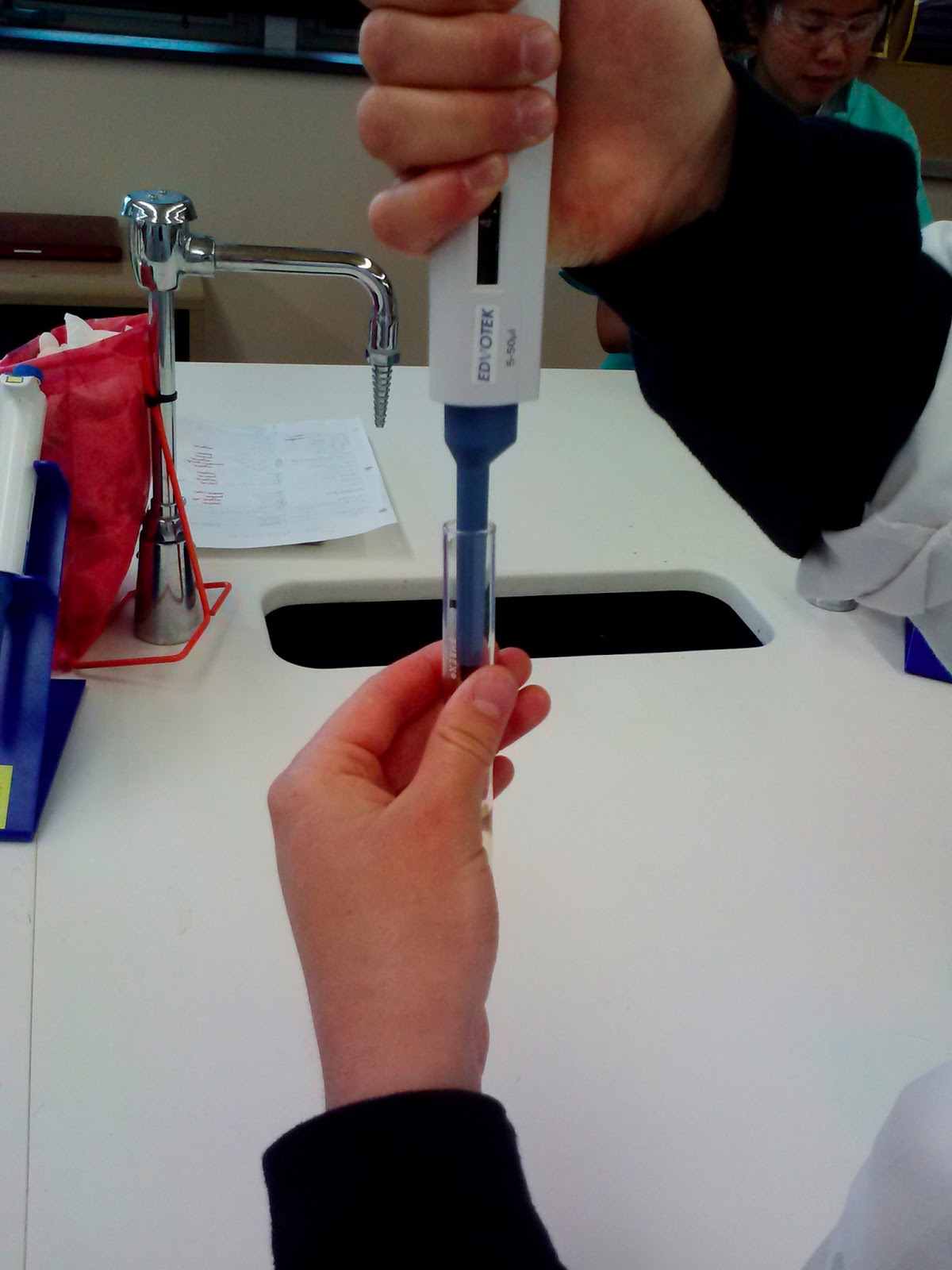Today we once again observed the EMB plate after incubating
for a little while longer and confirmed again that it was E. Coli because of
the green sheen.
We then discussed the different tests that hospitals run to
determine different diseases, the different plates to use, colors to look for
and thus we connected all the dots of things we learned this mini session. These
charts below can help lay out the results for different bacterial infections
and diagnosing them.
Here are a couple of points he stressed:
·
Conformation is always immunodiagnostics testing
and PCR testing which is when you amplify the DNA of the bacteria. If the bacteria
bind when run against unknown bacteria it is a confirmation.
·
Coliforms are lactose fermenter, which can be
used to look for shigella or salmonella if a patient, has diarrhea.
·
EHEC is diarrhea with blood, while ETEC is traveler’s
diarrhea.
·
With all the different differential plates you
can diagnoses different diseases
·
When taking blood and urine in the hospital
culturing the results is a must!
Here are the results from the UV radiation of all the
bacteria; the UV light killed a substantial amount of the bacteria, but not all. We can still count the colonies. Usually Dr. P said all of the bacteria would be
killed and the Agar plate would be clear.
Lastly the yogurt, after the taste test the consensus was
that everybody liked the taste but the texture was different than store bought
yogurt. Now we all know how to make our
own yogurt, good thing because we are poor college students!!! And with that our microbiology lab came to an end.
13 Lab days....3 girls...a whole ton of bacteria later ... is microbiology lab in a mini session!!!
13 Lab days....3 girls...a whole ton of bacteria later ... is microbiology lab in a mini session!!!







.JPG)

.JPG)













.JPG)
.JPG)
.JPG)
.JPG)


.JPG)
.JPG)







.JPG)









.jpg)
.jpg)

.jpg)